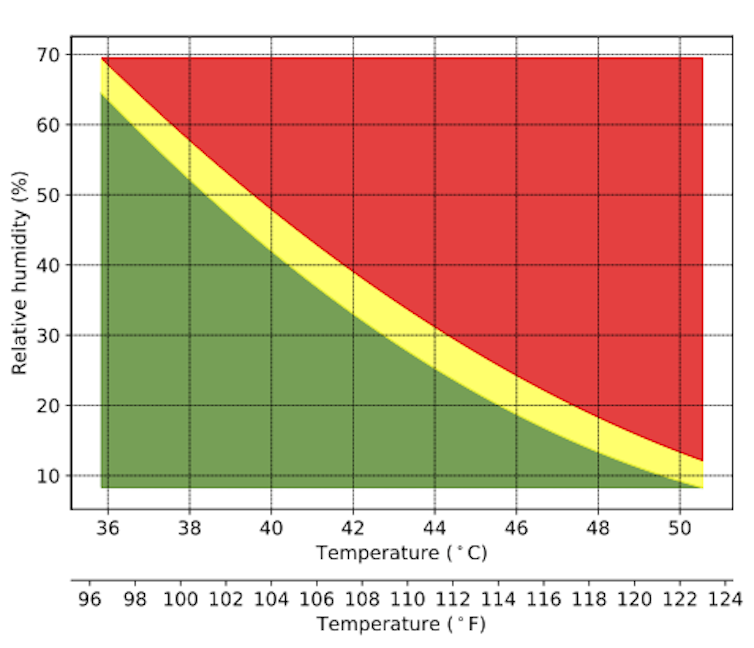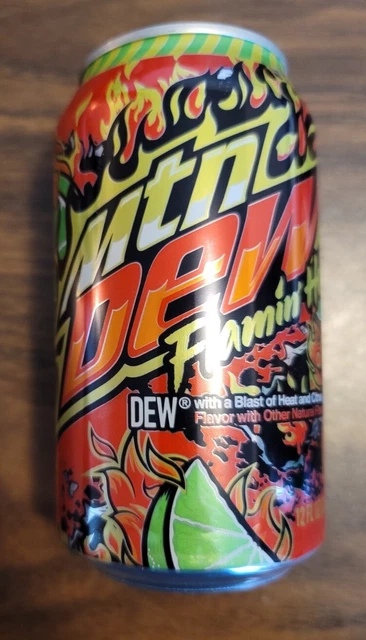How Hot Can The Dubby 1l Get

Imagine this: You're at a music festival, the sun beating down, the bass thumping in your chest. Hydration is key, but you’re tired of lukewarm water. Then, you remember your trusty Dubby 1L bottle. It's been baking in your backpack for hours. The question is, just how hot has that precious liquid become?
The Dubby 1L bottle, popular for its sleek design and portability, faces a critical question: How hot can its contents realistically get under various environmental conditions? Understanding the temperature limits and factors influencing them is crucial for users prioritizing safe and enjoyable hydration.
Dubby's Rise to Prominence
Dubby, known for its vibrant branding and focus on active lifestyles, has carved a niche in the reusable bottle market.
Their 1L bottle, in particular, has gained traction among fitness enthusiasts, students, and outdoor adventurers due to its convenient size and aesthetic appeal.
However, popularity also brings scrutiny, and the question of temperature resilience is a valid concern for potential and existing users.
Material Matters
Most Dubby 1L bottles are crafted from either stainless steel or BPA-free plastic.
Stainless steel, prized for its durability and insulation properties, can withstand higher temperatures without degrading.
Plastic, while lighter and often more affordable, has a lower heat tolerance and may leach chemicals at excessive temperatures.
The Role of Environmental Factors
The ambient temperature plays a pivotal role in determining how hot the liquid inside a Dubby bottle can get.
A bottle left in direct sunlight on a summer day will experience a significantly higher temperature increase than one stored in a shaded area.
Humidity, wind speed, and the bottle's color also contribute to the overall thermal dynamics.
Consider a scenario where a black plastic Dubby bottle sits on the dashboard of a car parked in the desert. The internal temperature could easily exceed 150°F (66°C) within a couple of hours.
Conversely, a stainless steel Dubby bottle kept in a shaded backpack on a moderately warm day might only reach 80-90°F (27-32°C).
Official Statements and Testing
Contacting Dubby's customer service and reviewing their website provides limited specific data on maximum temperature ratings.
However, general guidelines for reusable bottles emphasize avoiding extreme heat to prevent material degradation and potential health risks.
Independent testing by consumer advocacy groups often focuses on chemical leaching at various temperatures, offering insights into the safety aspects.
"While we don't provide a specific maximum temperature rating, we recommend avoiding prolonged exposure to extreme heat to maintain the integrity of your Dubby bottle,"a Dubby representative stated via email.
Potential Risks of Overheating
Overheating a plastic Dubby bottle can lead to the release of chemicals like bisphenol A (BPA) or phthalates, depending on the type of plastic used.
These chemicals are known endocrine disruptors and can pose health risks, especially with prolonged exposure.
Even with BPA-free plastics, prolonged high temperatures can compromise the material's integrity, leading to cracks or leaks.
For stainless steel Dubby bottles, the risk of chemical leaching is significantly lower. However, extreme heat can still affect the taste of the liquid and potentially damage any coatings or seals within the bottle.
Best Practices for Temperature Management
To minimize the risk of overheating, store your Dubby 1L bottle in a cool, shaded area whenever possible.
Consider using insulated sleeves or bags to provide additional protection from direct sunlight and ambient heat.
Avoid leaving your bottle in a hot car or other enclosed spaces for extended periods.
If you suspect that your bottle has been exposed to excessive heat, thoroughly inspect it for any signs of damage, such as cracks, discoloration, or a strange odor.
If you notice any of these signs, it's best to replace the bottle to avoid potential health risks.
Opting for a stainless steel Dubby bottle over a plastic one offers enhanced temperature resistance and reduces the likelihood of chemical leaching.
Real-World Scenarios and User Experiences
Online forums and review sites are filled with anecdotes from Dubby users sharing their experiences with temperature management.
Many users praise the insulating properties of stainless steel Dubby bottles, noting their ability to keep drinks cold for extended periods.
Others caution against leaving plastic Dubby bottles in direct sunlight, citing concerns about potential chemical leaching and degradation.
One user recounted leaving a plastic Dubby bottle in their car on a summer day and finding that the water inside tasted "plasticky" and had an unpleasant odor.
Another user praised their stainless steel Dubby bottle for keeping their water cold during a long hike, even in scorching heat.
These real-world experiences highlight the importance of considering the material and usage conditions when choosing a Dubby bottle.
Conclusion: Staying Cool and Informed
While there's no single definitive answer to how hot a Dubby 1L bottle can get, understanding the factors involved—material type, environmental conditions, and potential risks—empowers users to make informed choices.
By following best practices for temperature management and prioritizing safe hydration, Dubby users can continue to enjoy their favorite beverages on the go without compromising their health or the integrity of their bottles.
Ultimately, staying informed and proactive is the key to keeping your Dubby bottle, and yourself, cool and hydrated.










![How Hot Can The Dubby 1l Get [UPDATED] PRIME Hydration 1L Squeeze Bottles Update (USA and UK) - Get](https://get-pri.me/uploads/x2i/ussqueezebottles.jpeg)







